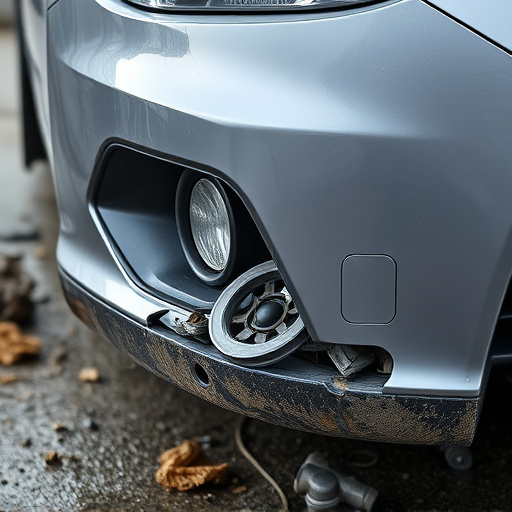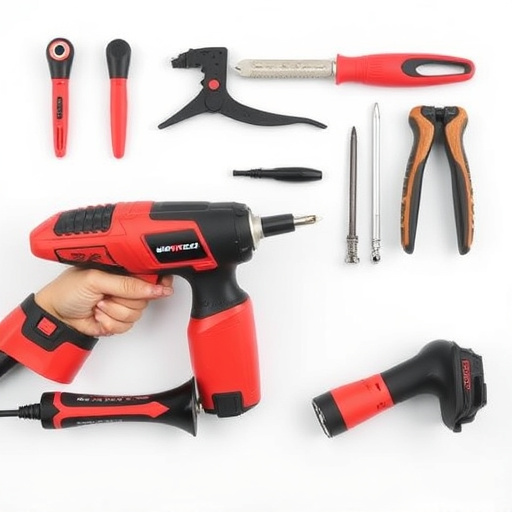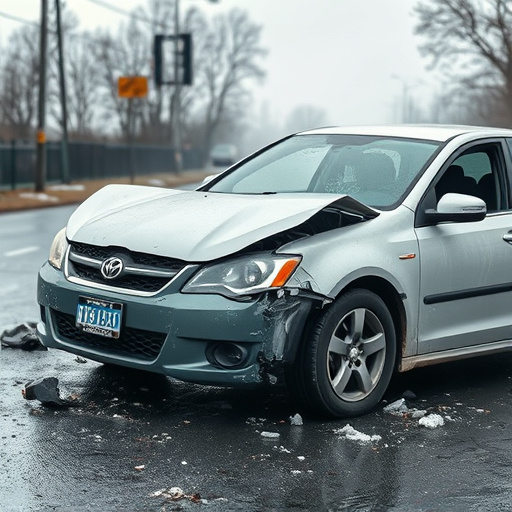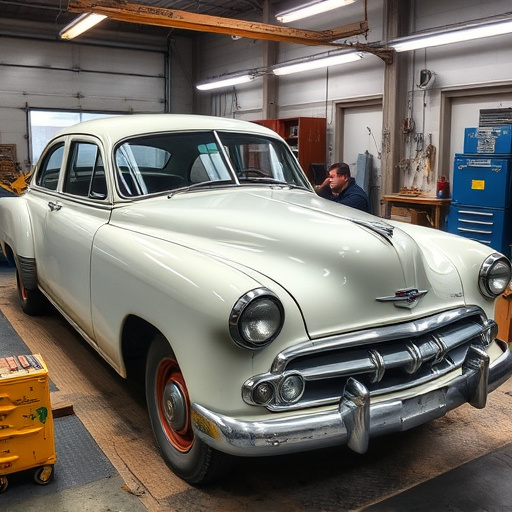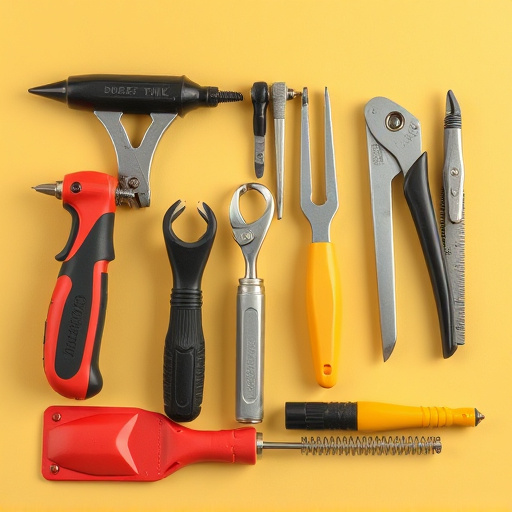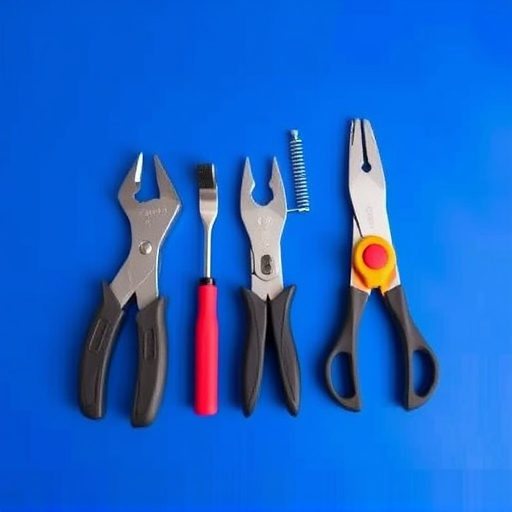The quality of replacement parts directly affects the accuracy and cost-effectiveness of accident repair estimates. High-quality components ensure precise estimates and longer lifespans, while lower-grade parts can lead to inaccurate quotes, higher labor costs, and compromised vehicle integrity. Strategic approaches like advanced part tracking systems and relationships with trusted OEM suppliers are crucial for using reliable, genuine parts, enhancing accuracy, maintaining structural integrity, and customer satisfaction in accident repair estimates.
In the realm of accident repair, parts quality plays a pivotal role in determining the accuracy and cost-effectiveness of estimates. This article delves into the intricate relationship between parts quality and repair costs, exploring key factors influencing these estimates. We discuss strategies to ensure reliability in parts sourcing, offering insights to professionals aiming to optimize their processes. By understanding the impact of parts quality, automotive service centers can provide more precise accident repair estimates, fostering transparency and customer satisfaction.
- Understanding Parts Quality Impact on Costs
- Factors Influencing Accurate Repair Estimates
- Strategies to Ensure Parts Reliability in Repairs
Understanding Parts Quality Impact on Costs

The quality of replacement parts plays a pivotal role in accurately estimating costs for accident repair. When high-quality components are used, it often results in more precise and cost-effective estimates. This is because top-tier parts typically align better with original equipment specifications, ensuring that the accident repair estimates reflect the actual work required. Moreover, superior quality parts may have longer lifespans, reducing the need for future repairs and saving both customers and repair shops money in the long run.
In contrast, using lower-grade or generic parts can lead to disparities in auto body work and frame straightening. These subpar components might not fit perfectly, necessitate additional labor, or compromise the structural integrity of the vehicle. Consequently, repair estimates may be inflated, and customers may face unexpected costs, creating a challenging situation for both parties.
Factors Influencing Accurate Repair Estimates

Several factors significantly influence the accuracy of accident repair estimates, ultimately shaping the outcome of vehicle restoration efforts. Among these, the quality of replacement parts stands out as a critical determinant. Using genuine or certified equivalent (CE) parts ensures that the repaired vehicle retains its original strength and structural integrity, aligning with safety standards.
Beyond part quality, factors like labor rates, the complexity of repairs (e.g., extent of car bodywork damage), availability of specialized body shop services, and the need for vehicle paint repair all contribute to the estimate’s accuracy. Each component necessitates careful consideration to avoid underestimating or overestimating costs, ensuring that customers receive fair and transparent pricing for their accident repair needs.
Strategies to Ensure Parts Reliability in Repairs

In ensuring parts reliability for accident repair estimates, several strategic approaches can significantly enhance the quality and safety of vehicle restoration post-collision. One key method is to leverage advanced part tracking systems that enable auto body shops to meticulously document and manage inventory. This includes utilizing barcoding or RFID technologies to monitor every component, from fender benders to complex car dent repairs, ensuring that only genuine, high-quality parts are used in each vehicle collision repair.
Additionally, building strong relationships with trusted suppliers who specialize in original equipment manufacturer (OEM) parts is vital. These suppliers often have access to the latest innovations and quality standards, guaranteeing that parts meet or exceed industry benchmarks. This commitment to using top-tier components not only ensures accurate accident repair estimates but also fosters customer satisfaction and long-term vehicle reliability.
In conclusion, the quality of parts plays a pivotal role in accurate accident repair estimates. By understanding how part quality influences costs and considering factors like brand, condition, and sourcing, repair shops can deliver more reliable and cost-effective services. Implementing strategies to ensure parts reliability, such as using original equipment manufacturer (OEM) parts or reputable aftermarket alternatives, is essential for maintaining customer satisfaction and ensuring the safety and durability of repaired vehicles. These practices ultimately contribute to a smoother accident repair process and better overall outcomes.



